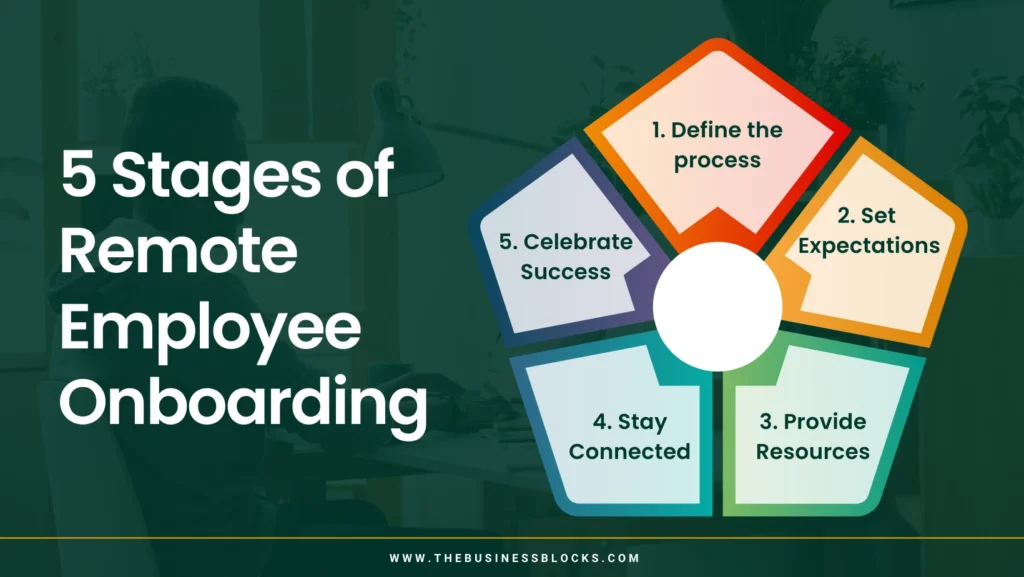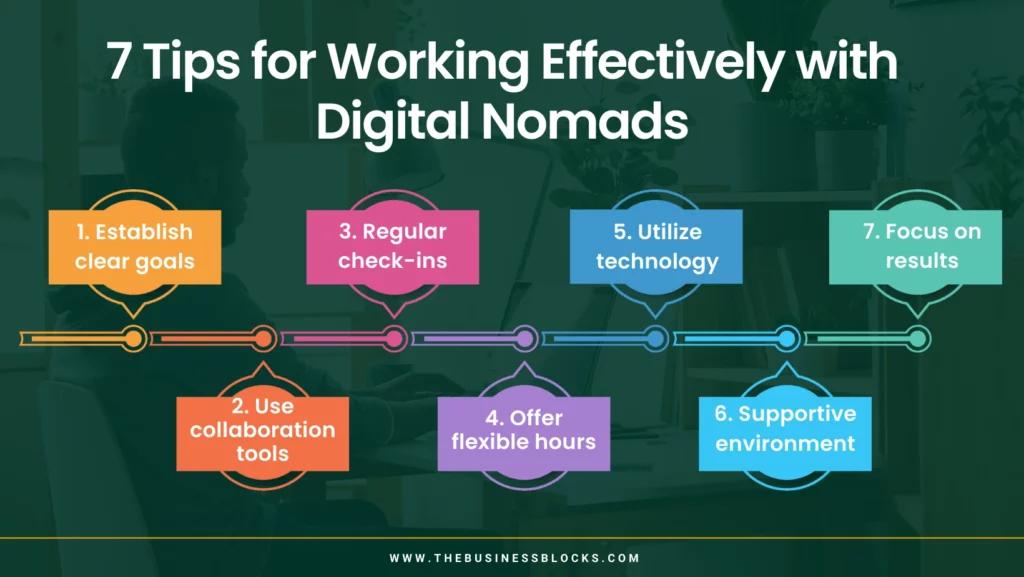With the rise in the popularity of remote work, onboarding digital nomads can be an effective way to expand your workforce and save on overhead costs. While there are definitely advantages to welcoming these digital professionals into the fold, there are some key dos and don’ts that should be kept in mind when considering this option for hiring.
Are you looking to hire remote employees?
Hiring and onboarding digital nomads can be daunting, so it’s important to make sure you’re doing it right. A good onboarding process should include setting expectations and outlining the corporate culture early on, as well as offering tools to help them get up-to-speed quickly.
By following the below dos and don’ts, you can ensure a smooth onboarding experience for your digital nomads, you will learn best practices for planning a successful remote employee onboarding program while also avoiding common pitfalls that could lead to disengagement or poor performance down the line.
Brief History of the Remote Onboarding Process
The remote onboarding process has evolved over the years. The key principles remain, however, that onboarding should be tailored to both remote employee needs and to the company culture. In general, a successful remote onboarding process includes effective communication with new hires about their roles and responsibilities, setting expectations for performance, and providing them with resources to get up to speed quickly.
On the other hand, you should avoid overwhelming your new hires with too much information or technology. And of course, don’t neglect to check in on your new hires regularly to ensure they’re feeling supported and valued. By following these guidelines, you can successfully onboard new employees remotely and ensure they feel welcomed, supported, and ready to hit the ground running.

The Five Stages of Onboarding Remote Employees
Stage 1 Define the Process:
The first step in succeeding them is to clearly define the process. What steps need to be taken in order for the employee to be fully acclimated to their new role?
- What resources will they need in order to be successful?
- Who will be responsible for each step of the process?
By taking the time to answer these questions upfront, you can avoid any confusion or frustration down the road.
Stage 2 Set Expectations:
It is also important to set expectations with your new remote employee from the very beginning. Make sure they understand what is expected of them in terms of;
- Work hours
- Communication
- Deliverables
It is also important to let them know what they can expect from you as their manager. By setting clear expectations from the start, you can help ensure that everyone is on the same page and avoid any misunderstandings later on.
Stage 3 Provide Resources:
One of the most important things you can do when onboarding a remote employee is to provide them with all the resources they need to be successful in their new role.
This may include access to;
- Remote onboarding checklist
- Relevant software
- Manuals
- Training materials
It is also important to make sure they have a clear understanding of your company culture and values so that they can feel like a part of the team from day one.
Stage 4 Stay Connected:
It is important to stay connected with your new team members throughout the onboarding process and beyond. Regular check-ins via phone, email, or video chat can help ensure that they are settling into their new role and meeting all of your expectations. Additionally, these check-ins provide an opportunity for you to offer feedback and support as needed.
Stage 5 Celebrate Success:
Finally, Don’t forget to celebrate your remote employee’s successes along the way, Acknowledging Accomplishments can help keep their morale high and show them that their hard work is appreciated. This also allows you to build a strong relationship with your new employee and ensure they are feeling supported in their new role.
By following these 5 Stages of the Onboarding Process and taking the time to properly onboard your remote employees, you can ensure they have a positive experience and are set up for success.
The Do’s of Onboarding Digital Nomads
Be flexible
When onboarding digital nomads, it’s important to be flexible. These workers are used to working remotely, so you need to accommodate their schedule and their needs. This may mean allowing them to work from different locations or offering a more flexible work schedule.
Do set clear expectations
It’s also important to set clear expectations right from the start. Make sure your digital nomads know what is expected of them and that they understand the project timeline and any deadlines.
Do ask for feedback
Another important tip is to ask for feedback throughout the onboarding process. This can help ensure that your digital nomads are settling in well and that they have everything they need to be successful.
Provide resources and support
Make sure you are providing your digital nomads with the necessary resources and support they need. This includes things like access to company documents or a mentor who can answer any questions they have. Providing this type of support will help ensure that your digital nomads feel welcome and valued.
Be proactive
Finally, it’s important to be proactive when onboarding digital nomads. Don’t wait for them to come to you with questions or problems—take the initiative and reach out to them first. This will help ensure that there are no misunderstandings and that your remote employee feels supported in their new role.
The Don’ts of Onboarding Digital Nomads
Don’t try to control them
One of the worst things you can do when onboarding digital nomads is to try to control them. Remember, these are independent workers who are used to working on their own. If you try to micromanage them or tell them what to do, you’ll only end up frustrating them. Instead, give them a general overview of what you expect from them and then let them work independently.
Don’t neglect the details
Just because digital nomads are used to remote working on their own doesn’t mean you can neglect the details. Make sure you have all the necessary information about your company and your project before they start work. This includes things like the company culture, the project timeline, and any specific instructions or guidelines they need to follow.
Don’t forget about communication
Another mistake you can make when onboarding digital nomads is forgetting about communication. These workers are not in the office with you, so it’s important to set up regular check-ins or video calls. This will help ensure that they’re on track and that there are no misunderstandings about the project.
Don’t assume they know everything
Just because digital nomads are experienced workers doesn’t mean they know everything. There may be some aspects of your company or project that are new to them, so don’t assume they’re experts in everything. Take the time to explain things thoroughly and answer any questions they have.
Don’t forget about training
Training is another important aspect of onboarding digital nomads that many companies overlook. Just because these workers are experienced doesn’t mean they don’t need training in your specific company or project. Make sure you provide them with any necessary training materials before they start work.
7 Tips for Working Effectively with Digital Nomads

- Establish Clear Goals and Objectives: When working with a digital nomad, it is important to set clear objectives and expectations right at the start of a project.
- Use Collaboration Tools: To ensure effective communication and collaboration, use tools such as project management apps and video conferencing to stay connected.
- Set Up Regular Check-Ins: Have regular check-ins with the digital nomads to discuss progress, address any issues, and answer questions.
- Offer Flexible Working Hours: Offer flexible working hours to accommodate the digital nomad’s lifestyle and help them stay productive.
- Utilize Technology: Take advantage of technology such as cloud computing, automation, and AI to streamline processes and make remote work easier.
- Create a Supportive Environment: Show appreciation for their work and create a supportive environment that encourages growth and learning.
- Focus on Results: Focus on results instead of hours worked to ensure that the digital nomad is productive and efficient.
By following this advice and implementing the tips above, you can ensure that onboarding digital nomads is a success. Digital nomads can be incredibly productive and versatile members of your team, but only if you take the time to properly onboard them.
Frequently Asked Questions about The Do’s and Dont’s of Remote Onboarding
Q: What are the most common mistakes when onboarding digital nomads?
A: The most common mistakes include trying to control them, neglecting the details, forgetting about communication, assuming they know everything, and not providing adequate training.
Q: What should I do to ensure the successful onboarding of digital nomads?
A: To ensure successful onboarding of digital nomads, set clear goals and objectives, use collaboration tools, have regular check-ins, offer flexible working hours, utilize technology, create a supportive environment, and focus on results
Q: What should I avoid when onboarding digital nomads?
A: When onboarding digital nomads you should avoid trying to control them, neglecting the details, forgetting about communication, assuming they know everything, and not providing adequate training.
Final Thoughts
Hiring digital nomads can be a great addition to any business, as long as you’re aware of the particular challenges they present. By keeping the dos and don’ts of onboarding remote workers in mind and implementing a strategy, you can successfully manage both in-person onboarding and remote those who work remotely.
They recommend you put together a comprehensive remote worker onboarding checklist that sets expectations for each team member. With tools like video chat, there are lots of opportunities to bring teams closer, no matter where your employees or collaborators may be located. Bridging gaps between locations has never been easier with the rise in the popularity of remote work

